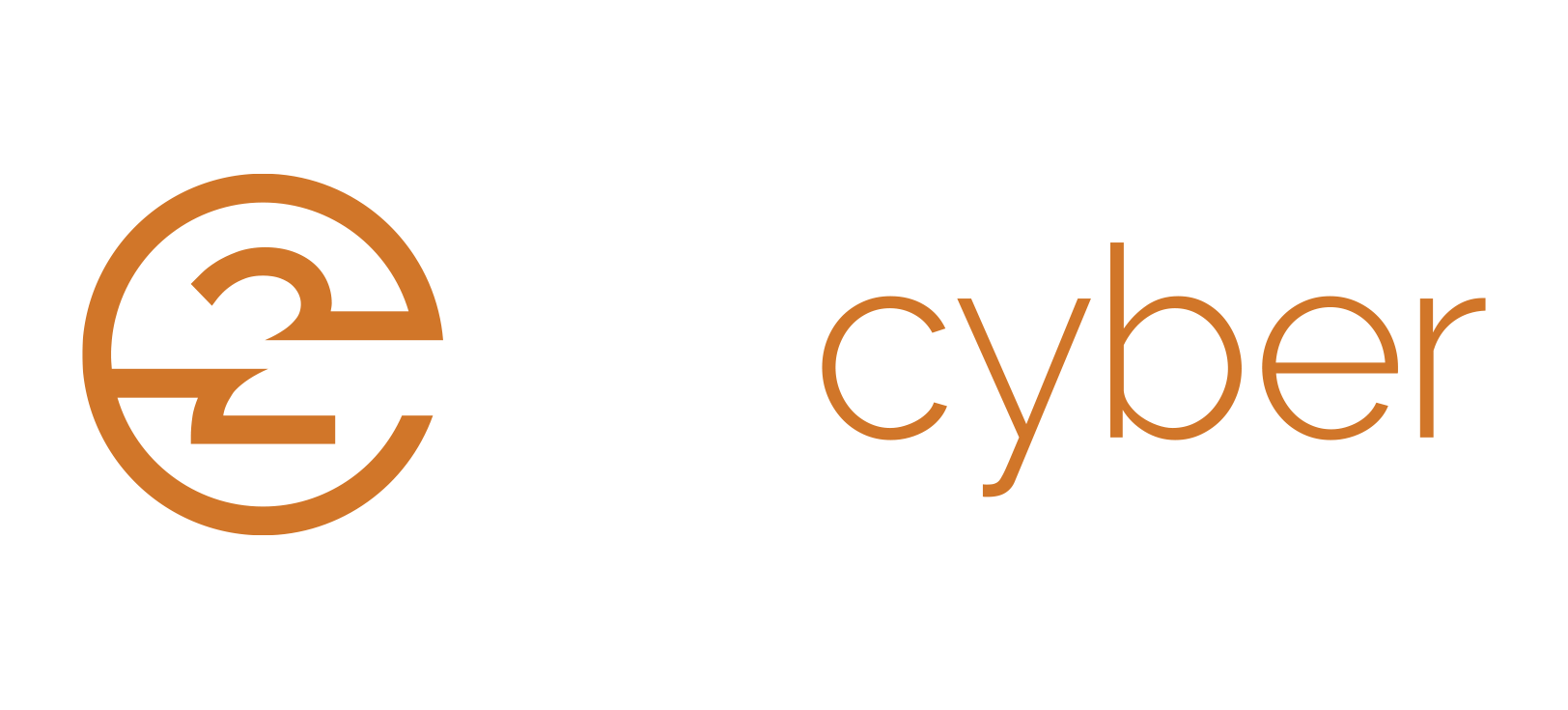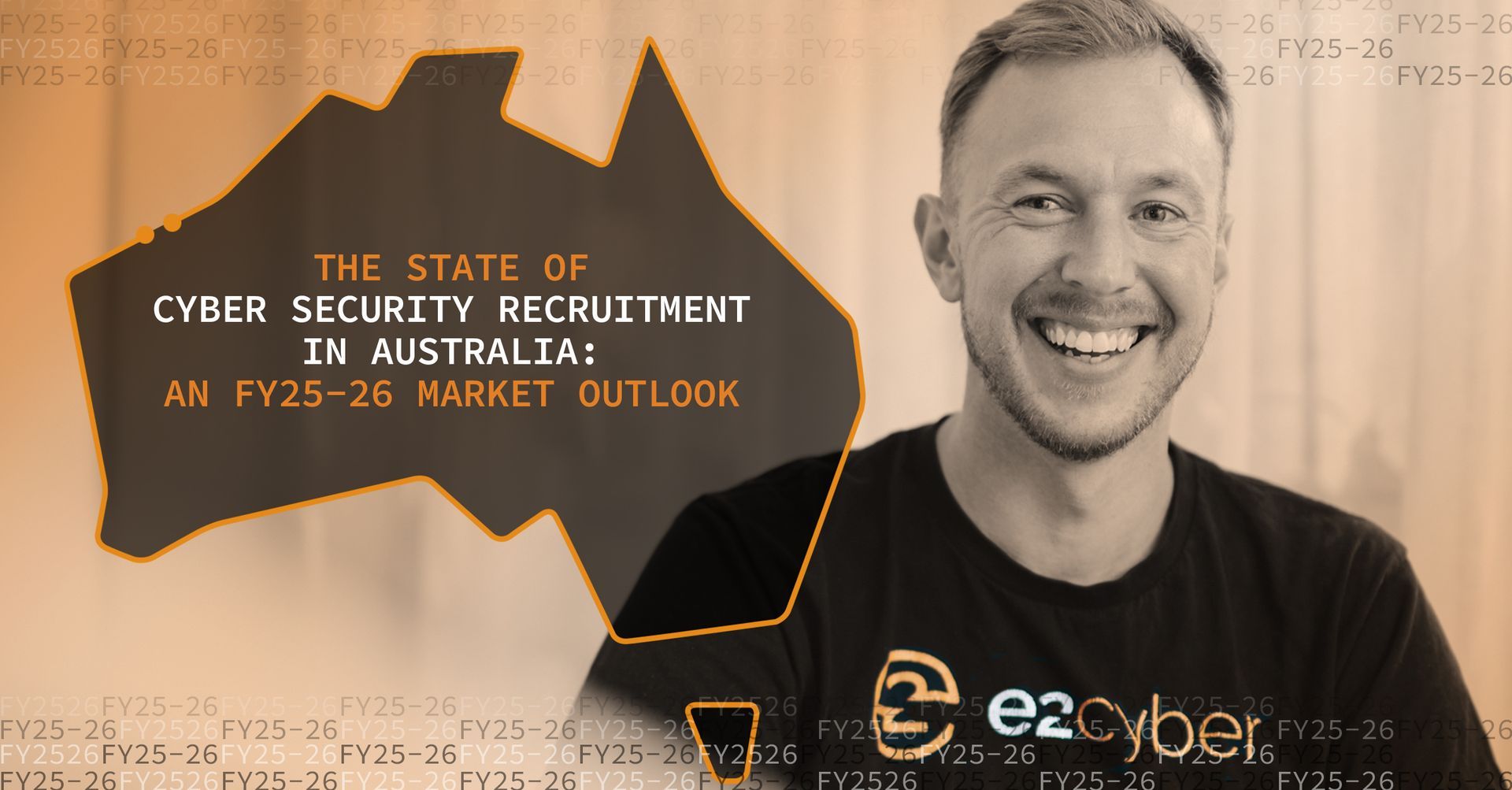
Shifting Focus to Compliment Cyber Compliance With Cyber Culture
Cyber security in Australia has been undergoing a fundamental shift. Once seen as a back-office issue managed through policies, checklists and external audits, compliance is no longer enough. The reality of modern threats, combined with increased regulatory scrutiny and evolving expectations from boards, customers and partners, has made cyber security a whole-of-business responsibility. The journey from compliance to culture is complex, but essential for organisations that want to build trust, meet legal obligations, and reduce risk in a sustainable way. This is turn shows that rather than a lucrative commercial initiative itself, cyber security can be the single defining factor that sees a business thrive fiscally in an uncertain future.
As e2 Cyber Director Jacob Bywater highlighted in his recent blog on cyber security as a top-to-bottom business priority, the conversation has moved well beyond technology. It is about leadership, accountability, and the ability to adapt to a landscape where breaches are inevitable but resilience is achievable. Building on that perspective, this article draws on insights from Ben Rogalsky, a cyber security professional who has worked closely with organisations navigating the challenge of turning compliance frameworks into genuine cultural change.
Compliance as a Starting Point
Australia’s regulatory environment has strengthened considerably in recent years. Businesses are now required to meet obligations under legislation such as the Security of Critical Infrastructure (SOCI) Act, the Privacy Act, and standards like APRA CPS 234. Guidance from the Australian Cyber Security Centre (ACSC), including the Essential Eight, provides further benchmarks that companies are expected to align with. These frameworks set minimum standards of accountability, requiring organisations to ensure the confidentiality, integrity and availability of their information systems.
According to Ben, compliance should be viewed as the baseline, not the goal. “Meeting regulatory requirements is critical, but it does not in itself make a business secure. Compliance is a snapshot in time. Threats evolve daily, and unless security is embedded into how people work, organisations risk falling behind the moment the audit is finished.”
Tick-the-box compliance, in other words, is no longer sufficient. Regulators themselves recognise this. The Office of the Australian Information Commissioner (OAIC) has consistently emphasised that compliance with the Privacy Act goes hand in hand with a proactive approach to governance, risk and accountability. Similarly, APRA has stressed that CPS 234 is intended to ensure security is part of an organisation’s DNA, not just a report filed away.
The Push Towards Culture
The move from compliance to culture is driven by recognition that people are both the greatest strength and greatest weakness in any cyber security program. Attackers exploit human behaviour through phishing, social engineering, and business email compromise. No policy or framework is effective unless employees understand their role in protecting information.
Ben explains, “The organisations that are getting this right are those that talk about cyber security in the same way they talk about workplace safety. It is not a checklist you pull out once a year, it is part of daily behaviour. People feel personally accountable, and leaders are visible in their support for secure practices.”
Embedding culture means shifting from rules-based compliance to values-based practice. Employees are encouraged to report incidents without fear of blame, to share responsibility for safeguarding data, and to see security as enabling rather than obstructing business. This cultural approach is harder to measure than compliance, but it delivers resilience that frameworks alone cannot provide.
Why Culture Matters More Than Ever
The shift matters because the threat environment has never been more active. Australia has experienced high-profile breaches in sectors including healthcare, telecommunications and government. Public trust has been shaken, and regulatory responses are becoming more stringent. Penalties for non-compliance with the Privacy Act have increased, and directors are facing greater accountability for security lapses under corporate governance rules.
In this context, culture acts as a force multiplier. When employees treat cyber security as part of their professional identity, organisations are able to respond to incidents faster, detect anomalies sooner, and recover more effectively. Compliance frameworks alone cannot achieve this outcome.
Ben notes that this is particularly true for mid-sized organisations. “Large enterprises often have teams dedicated to compliance and security. Smaller businesses sometimes struggle to keep up with the pace of regulatory change. For them, building culture is a way to compensate. You cannot always outspend the threat, but you can build resilience by ensuring every employee is part of the solution.”
Practical Pathways to Cultural Change
Building culture does not mean ignoring compliance. Instead, compliance can be used as the foundation on which culture is built. Organisations can align regulatory obligations with internal engagement strategies that make security relevant to employees at all levels.
Some practical steps include:
- Leadership visibility: Boards and executives should not only sign off on security budgets, but also communicate openly about the importance of cyber resilience.
- Clear policies translated into behaviour: Documents should be backed by practical examples, training, and reinforcement of expected behaviours.
- Positive reinforcement: Celebrating employees who identify risks or prevent incidents helps reinforce the desired culture.
- Regular communication: Cyber security updates should be integrated into company meetings, newsletters and intranet platforms, not treated as an occasional compliance exercise.
- Scenario-based exercises: Tabletop simulations and phishing awareness campaigns bring abstract risks to life, reinforcing cultural change.
These actions build on the minimum expectations of frameworks like the ACSC Essential Eight, turning compliance into a living, breathing culture of responsibility.
The Recruitment Perspective
The transition from compliance to culture has direct implications for the cyber security workforce. Organisations are not just seeking technical experts who understand frameworks and controls. They are also prioritising candidates who can influence behaviour, communicate effectively, and help embed cultural change.
Ben observes, “When we talk to hiring managers, the skills that are in demand are no longer limited to technical certifications. There is strong demand for professionals who can bridge the gap between governance and people, who can engage with staff at every level and translate compliance requirements into meaningful action.”
This shift is also creating more opportunities for professionals with backgrounds in risk, governance, and communication, alongside traditional technical specialists. It highlights the need for recruitment strategies that identify not just technical skills, but also cultural leadership potential.
Challenges Along the Way
Transitioning from compliance to culture is not without challenges. Resistance to change, budget constraints, and competing priorities can all slow progress. For some organisations, especially those in highly regulated sectors such as finance or healthcare, the volume of compliance requirements can feel overwhelming. This can make it difficult to move beyond a defensive, reactive stance.
Ben stresses that while the journey is challenging, it is achievable. “The key is to start small and build momentum. Culture does not change overnight, but consistent reinforcement, visible leadership, and aligning compliance with business objectives can create lasting impact.”
Another challenge is measurement. Compliance is straightforward to track through audits and certifications. Culture, however, is harder to quantify. Organisations need to develop indicators that reflect employee engagement, incident reporting, and behavioural change. These metrics help demonstrate progress and keep momentum going.
Regulatory Landscape: An Australian Context
Australia’s regulatory approach continues to evolve. The SOCI Act has expanded its scope to include a wider range of critical infrastructure sectors, placing greater responsibility on organisations to report incidents and meet mandatory risk management obligations. The Privacy Act is undergoing significant reform, with increased penalties and stronger rights for individuals. APRA continues to enforce CPS 234, requiring regulated entities to demonstrate information security capability proportionate to the size and complexity of their operations.
The ACSC has reinforced the importance of adopting the Essential Eight maturity model, recognising that adversaries exploit the most basic vulnerabilities. For boards and executives, the message is clear: cyber security is not optional, and cultural adoption is the only way to sustain compliance in a rapidly changing environment.
Looking Ahead
The future of cyber security in Australia lies in bridging the gap between regulatory compliance and cultural adoption. Organisations that embed security into their identity will not only meet their legal obligations, but also strengthen trust with customers, partners and regulators. This is an investment in safety that cannot be underemphasised, whilst it can appear costly upfront with no obvious commercial benefit, however, the pitfalls of getting it wrong, are catastrophic.
For employees, the message is that security is part of their role, regardless of job title. For leaders, the message is that visibility, accountability and communication are as important as technical controls. For regulators, the message is that cultural adoption is the surest way to achieve compliance outcomes.
As Ben concludes, “The organisations that thrive will be those that treat compliance as the foundation and culture as the structure built on top. When cyber security is truly part of the way people think and work, compliance follows naturally.”
Final Thoughts
The transition from compliance to culture is not a one-off project. It is an ongoing journey that requires commitment from leadership, engagement from employees, and alignment with regulatory expectations. Australian organisations have a strong framework to work with, but success will depend on their ability to embed these obligations into culture.
Cyber security is no longer just about meeting the requirements of laws and standards. It is about creating a resilient business environment where every individual plays a part. As Australian regulators continue to raise expectations and the threat environment intensifies, the organisations that succeed will be those that view compliance as a foundation and culture as the path to resilience.
For recruitment, for governance, and for resilience, the message is clear: compliance matters, but culture is the future of cyber security in Australia.
Want to know more? Reach out to our team to discuss how to implement a cyber security culture:




